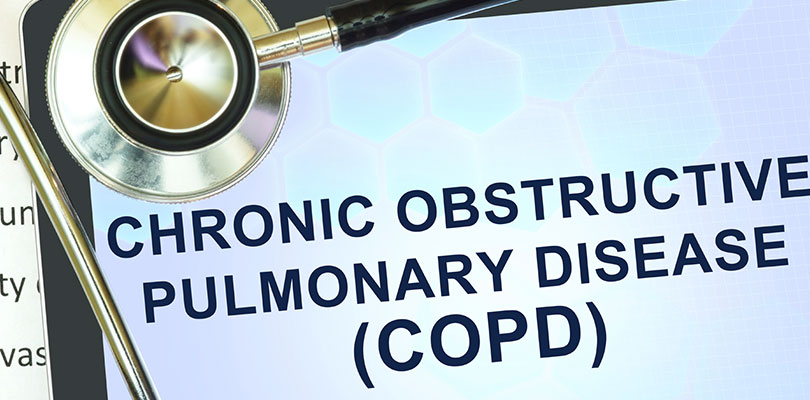Bell’s Palsy vs. Stroke
It’s easy to confuse Bell’s palsy with a stroke. While symptoms of these of these two conditions sound similar, there are some fundamental differences.
When it comes to Bell’s palsy vs stroke, what are the differences? Read on to learn more.
What is Bell’s Palsy?
Bell’s palsy is a type of temporary facial paralysis or weakness on one side of the face. The paralysis happens because of a nerve issue.
The seventh cranial nerve controls your facial muscles and becomes inflamed and swollen in Bell’s palsy patients. This facial nerve also impacts tears, taste, saliva, and an ear bone.
What is a Stroke?
Blood can stop flowing to your brain because of a clot or a burst blood vessel. When blood and nutrients can’t get to your brain, the result is a stroke. If the brain doesn’t get the supplies it needs from the blood, brain cells start to die.
The effects of the stroke vary depending on where the damage happens and how much of the brain is impacted as a result.
There are three different types of strokes:
- Transient ischemic attack (TIA) occurs when a small blood clot blocks an artery very briefly. This is considered a mini-stroke or warning stroke.
- Ischemic stroke happens due to a blockage or clot in a blood vessel in your brain.
- Hemorrhagic stroke occurs when an artery in the brain breaks open.
Symptoms of Bell’s Palsy
Bell’s palsy symptoms are generally temporary. Some symptoms develop suddenly, and others take a little time to make themselves known. Symptoms may include the following:
- Sudden weakness or paralysis in facial muscles, causing facial droop on one side of the face
- Pain around the jaw or behind the ear of the affected side of the body
- Changes in the amount of tear production and increased saliva production
- Headache
- Vision issues ranging from partial to complete blindness of the eye that resists closing (since the affected eye stays open, it’s prone to excessive dryness and scratching of the cornea)
- Loss of taste
Stroke Symptoms
Symptoms of a stroke include sudden changes, which may include the following:
- Numbness or weakness of the face, arm, or leg, likely on one side of the body
- Confusion
- Issues speaking or understanding what another person says
- Vision problems in one or both eyes
- Loss of balance or coordination
- Dizziness
- Severe headache with no known cause
What Causes Bell’s Palsy?
A definitive cause is not known, but research indicates some underlying causes. As the condition affects only one side of the face, researchers believe that swelling and inflammation of the facial nerve is the cause.
Genetics may be another possible cause, as some patient cases show a family history of Bell’s palsy.
Additionally, there are many viruses associated with Bell’s palsy, such as respiratory illnesses, flu, infectious mononucleosis, and more. Viruses and viral infections may spark a reaction in the body that results in Bell’s palsy.
Risk for Bell’s palsy increases in pregnant women, those with a respiratory infection, or diabetes.
Causes of Stroke
Depending on the type of stroke, there can be many different causes. Causes may include plaque buildup that blocks or narrows blood vessels, high blood pressure, overtreatment with blood thinners, aneurysms, trauma, and other conditions that affect blood vessels.
The people at risk of a stroke include those who are inactive, overweight, alcohol drinkers, drug users, cigarette smokers, those with high cholesterol, high blood pressure, diabetes, cardiovascular disease, obstructive sleep apnea, or if there’s a family history of stroke.
Treatment Options for Bell’s Palsy
Bell’s palsy usually improves on its own in a matter of months. Your doctor may prescribe prednisone to increase the chance of a full recovery, steroids to reduce inflammation, or antiviral medication.
If there’s a specific cause for Bell’s palsy, such as an infection, the doctor treats the underlying cause. Doctors may also encourage physical therapy to stimulate the facial nerve.
Some alternative treatments are acupuncture, vitamin therapy, relaxation, and electrical stimulation, although these treatments haven’t been proven to work.
If you asked the average person what COPD is, many wouldn’t be able to tell you — yet this disease is the world’s third leading cause of death.
Treatments for Stroke Patients
A stroke needs to be treated immediately, especially since delayed medical intervention may contribute to brain damage and additional issues. Treatment varies depending on the type of stroke.
Patients may get clot-dissolving medication, aspirin, blood pressure medication, anti-platelet medication, or drugs to help control brain swelling, blood sugar levels, fever, and seizures. Some patients need a blood transfusion or surgery to remove the clot or relieve blood pressure inside the head.
Following a stroke, a patient may require stroke rehabilitation to reacquire any lost skills.
The causes of stroke indicate that a lot of prevention focuses on a healthy lifestyle (including diet and exercise), managing health conditions like high blood pressure and diabetes, and avoiding drugs and alcohol.
How Bell’s Palsy is Similar to a Stroke
In both Bell’s palsy and a stroke, there may be facial paralysis on one side of the face, which is usually where the two conditions become confused with each other.
There are a couple other similar symptoms such as vision issues and headaches, but since the cause of these conditions aren’t the same, they’re more different than similar.
How Bell’s Palsy is Different from a Stroke
The biggest difference between Bell’s palsy and a stroke is where the damage occurs.
Bell’s palsy is not usually permanent because it doesn’t affect the brain but affects the facial nerve. In strokes, blockages or issues with blood flow to the brain may cause permanent damage.
Bell’s palsy is damage to a facial nerve. Bell’s palsy patients can see a complete recovery in about six months. Some Bell’s palsy symptoms may take time to develop, where stroke symptoms have an immediate onset.
Regardless of if it’s Bell’s palsy or a stroke, you need to see a doctor immediately. The symptoms are similar, which means the two conditions are easily confused. You never want to presume a stroke is Bell’s palsy and delay seeing a doctor. It could drastically change the outcome of the rest of your life.







